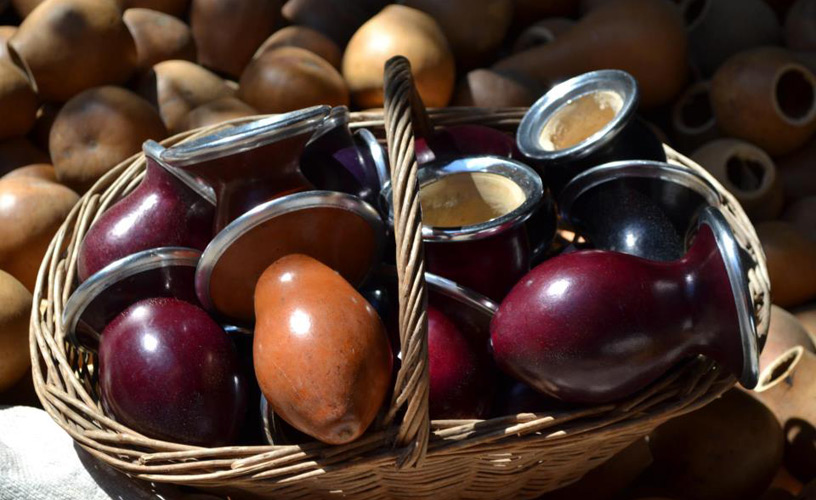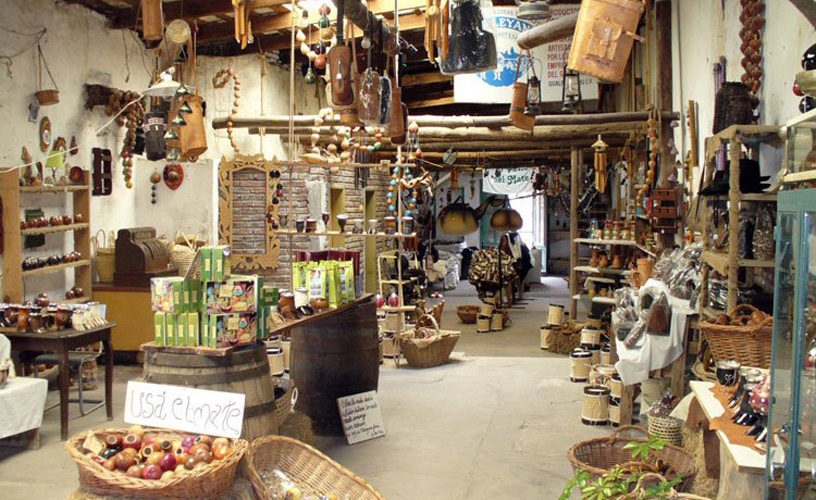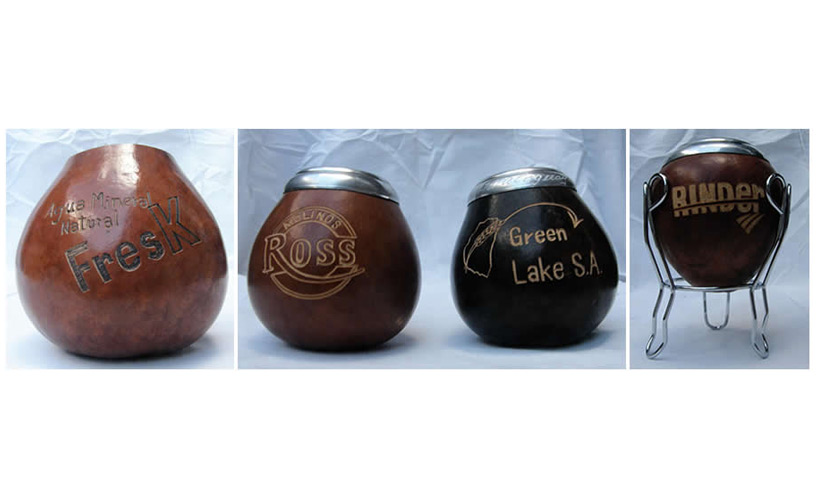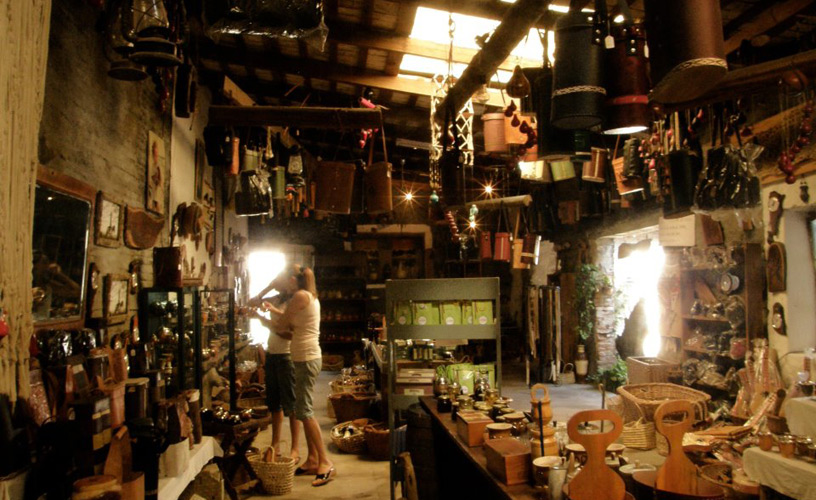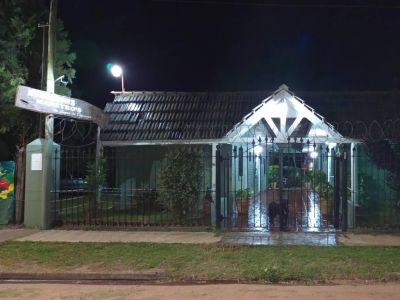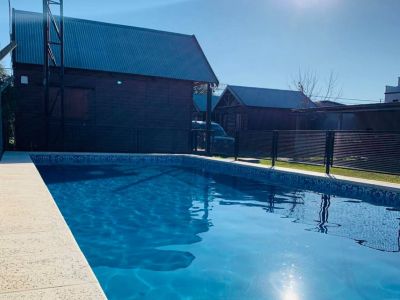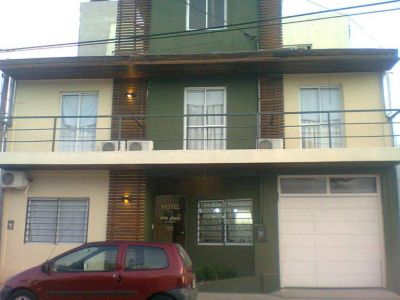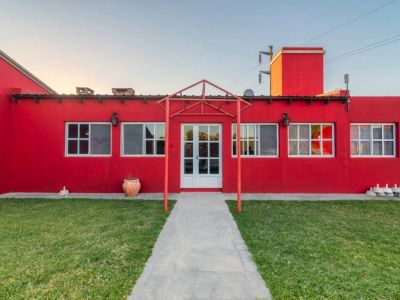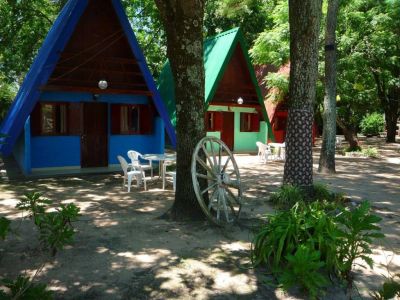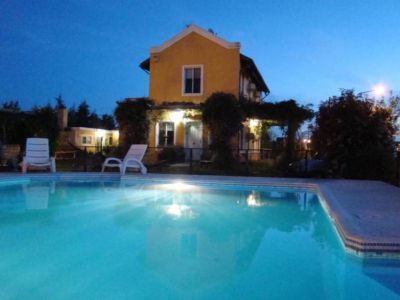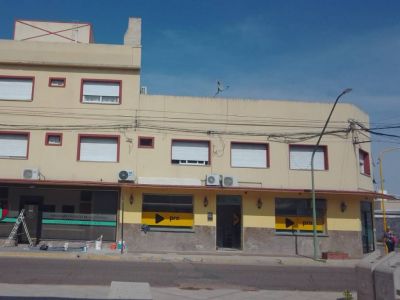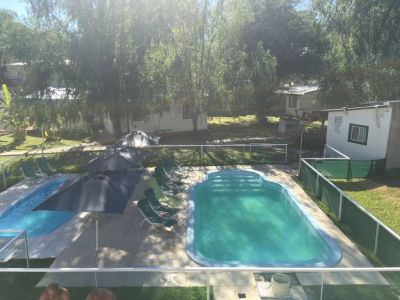The Mate Yard
At Gualeguaychú, we visited the well-known Patio del Mate and learnt all the secrets of this Argentinian-Charrúa indigenous beverage.
The cloudy day well deserved a stroll along the waterfront. We found out at the Tourist Office about other attractions to see in the Mesopotamic city. Someone recommended that we went to the Patio del Mate. “It's a very picturesque place, which catches the attention of all tourists, especially foreigners” –the clerk at the tourist information center pointed out. We reached the business and production premises and we did not take long to realize we were in front of the greatest empire of mate. We were welcome by its owner, Mario Jesús Boari, who was more than eager to tell us about all the attractions of this particular site when he learnt that we were going to interview him.
We started our tour. It was impressive to watch the large collection and all the mates arranged for their exhibition and sale. As we went about several rooms, we could appreciate the entire process, from the arrival of the gourd or porongo, to the final production of the mate, with its bombilla included. Mario, every inch a host, started to tell us the various steps of curing, dying and hand-crafting the mate, container of the classical Argentinian beverage. Pointing at a virgin gourd, Mario explained to us:“This is the fruit of the calabash tree. It is dried, cut and emptied. Afterwards, it may be polished, covered with leather, or decorated with a metal hoop.” We learnt that the broader the mouth of the mate, the better it is for a good brewing technique and making the taste of the infusion last as much as possible. As we continued strolling about the facilities, we were getting more and more interested in the subject. “Once the gourd was chosen, it should be cured. Curing the mate is giving it a previous treatment, which makes it eliminate the internal taste of the gourd and adopt a taste of yerba. This process is essential for the taste to be authentic and pure in the future” –the specialized guide explained. This operation has a strong a posteriori influence, especially if a mate brewed into a well cured gourd is compared to one brewed into one that has not been properly cured. Among the halls of the large premises, we could see true craftsmen giving shape, color and texture to various mates. Some polished them, others drew allegorical motifs of life in the countryside on them, and the most meticulous were in charge of engraving them. It was incredible to stop for a while and see the skillful technique used by the young “artists” to give contrast and shades to the various mates, which were carved within a few minutes. That is how we got familiar with all the kinds of mates. There are natural ones, hand-carved, lathed, made of wood and covered with aluminum or tanned guts. We also saw the typical hand-crafted mate with works in silver, gold and alpaca, and the nonato, mate covered in unborn calf leather. Once the visit was over, Mario gave us a mate to take home as a souvenir of our pass by this place. A beautiful mate dyed in red, carved with the drawing of a gaucho on horseback accompanied us during our trip back, after visiting the city of Gualeguaychú.
Marcelo Sola
Gentileza Elpatiodelmate.com.ar
Contact of the excursion or tour
El Patio del Mate
Costanera y G. Méndez, Gualeguaychú, Entre Ríos, Agentina
Phone: +54 3446-424371
